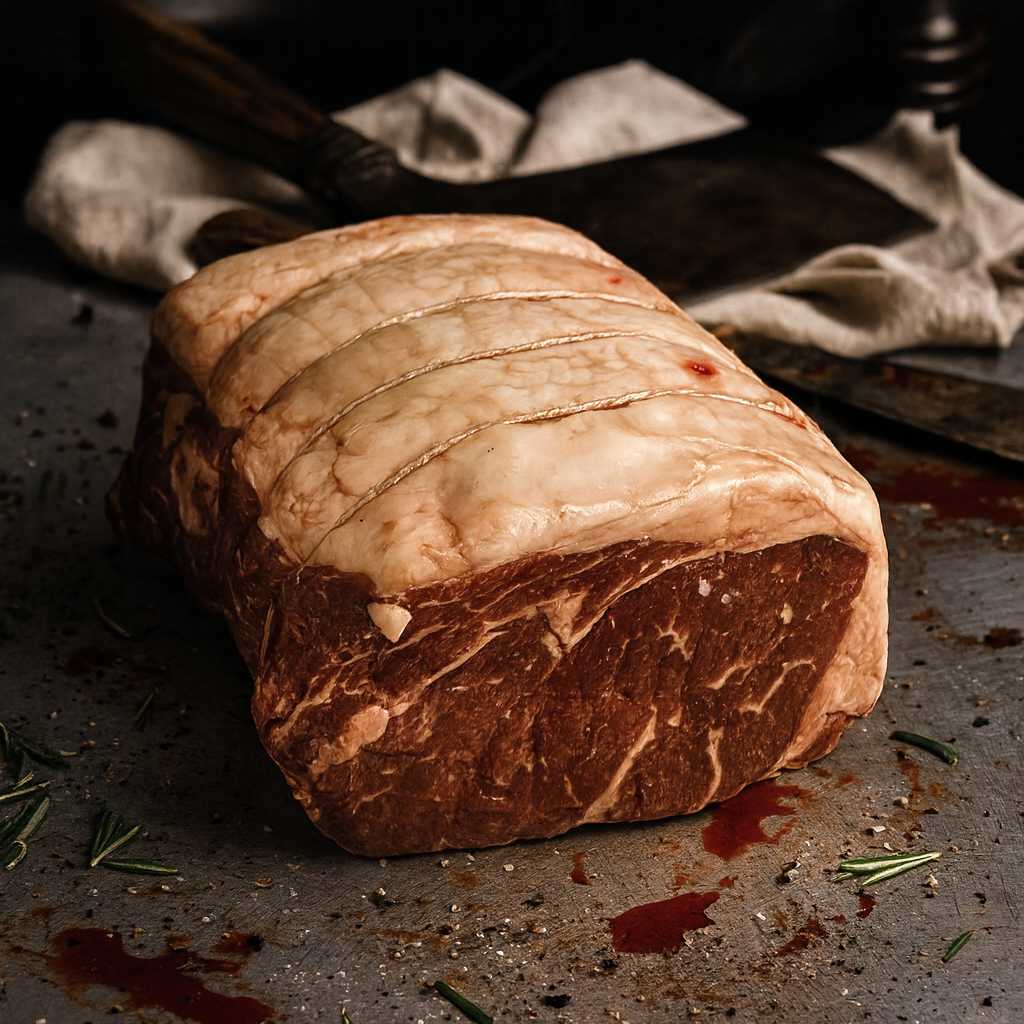Ingredients:
For the Sirloin
For the Dauphinoise Potatoes
For the Asparagus and Green Beans
This meal, with its rich flavours and varied textures, is perfect for a special occasion or a Sunday roast. The thyme crust adds a fragrant dimension to the beef, while the creamy Dauphinoise potatoes and crisp vegetables provide a delightful contrast. Enjoy this hearty and elegant meal with family and friends!
Method:
Method:
Method:

Our rare breed boned and rolled sirloin joint is the perfect roast for a special occasion. We remove the bone and tie the joint with a good fat covering, making it ideal for roasting. Our breeds are perfectly suited to produce a steak with great marbling and after being dry aged in our purpose built ageing room with Himalayan rock salt, this joint will have excellent texture and depth of flavour.
£72.00 – £144.00Price range: £72.00 through £144.00
The sirloin joint, especially when boned and rolled, is a prime cut of beef that has long been favoured for its flavour, versatility, and the luxurious dining experience it offers. Understanding its background can enhance appreciation for this exquisite cut:
Pairing drinks with a boned and rolled sirloin joint involves selecting beverages that complement the rich, savoury flavour of the beef without overpowering it. Here are some excellent choices:
While red wines are a classic choice, certain white wines can also pair well, especially if the beef is prepared with lighter seasonings or sauces: